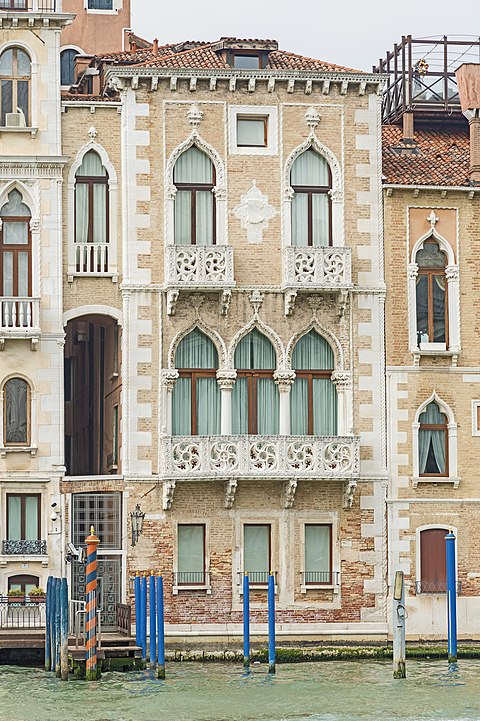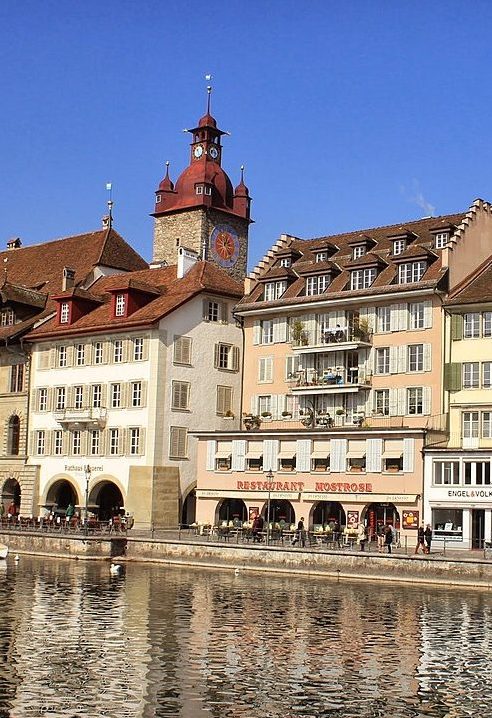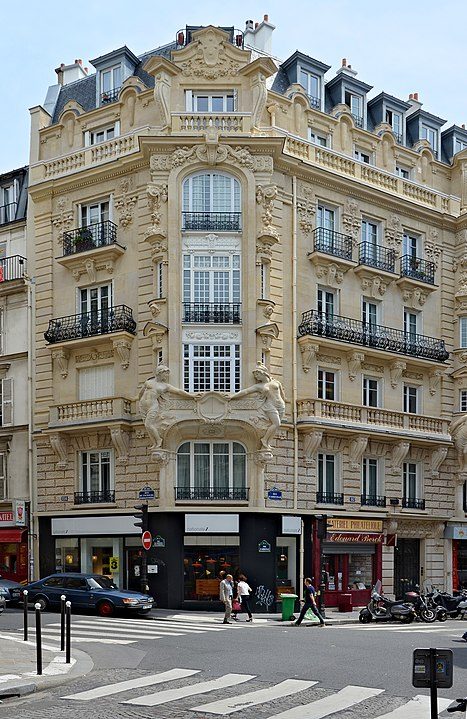The problem
In the current debate about overtourism in European cities, a controversy which could be further fueled by the role of human mobility in the Covid-19 crisis, the question how much is central. This controversy arises with the emergence, from 2015, of criticisms, resistances and protests against tourism among the inhabitants of several heavily touristic European cities, opposing the arguments and decisions of those who view tourism as beneficial or even necessary, especially for the economy, and support its promotion and reinforcement. In this debate, the statistical argument is frequently put forward. However, both sides struggle to match the political argument and the statistical argument, as the growth and hybridization of mobilities complicate the reading of tourism figures. Simultaneously, new statistical apparatuses emerge, with big data, digital footprints and cellphone tracking, creating new players and new services in the quantification domain. The Covid-19 crisis, where tourism is temporarily stopped, and where its benefits as well as its nuisances become spectacularly visible through their disappearance, is a particularly suitable moment to study the use of the statistical argument in the overtourism debate.
Aims
1. Observe the ways the statistical argument is used by cities and their citizens when addressing tourism, be it in arguing against overtourism or in favour of tourism and its development.
2. Test the hypothesis of the rise of new forms of touristic governance of cities (« smart cities » e.g.) related to the development of big data.
To do so, we study, on the one hand, the production of the statistical figures mobilized in controversies in four European cities, and on the other hand, the political uses of the statistical argument (for tourism growth? for the limitation or even degrowth of tourism? against mass tourism? against certain types of tourism? as an electoral argument?). As a byproduct, the project will provide an original mapping of tourism statistics sources, useful for the knowledge of the phenomenon and which could inspire producers and users of these figures.
Theory and disciplinary approach
From a theoretical point of view, two disciplines are put to work: the sociology of quantification, which studies the conventions and practices of turning social phenomena in numbers (“mise en nombre”) and their political dimension in a constructivist epistemology (Desrosières, 2014); geography, which constructs touristic cites as an object of study, but also studies overtourism through the lens of the territorial relevance of quantification (neighbourhood, scale, area, etc.).
Case studies: from the city to the World

Venice
Venice is one of the iconic cities of the overtourism phenomenon. With the grandi navi (large cruise ships), the flow of day-trippers and the completion of the museumization by the progressive replacement of residents, the controversy is in full swing in this city where tourism has a history of at least three centuries.
Venice is also one of the most advanced cities in the regulation and control of tourists. Surveillance cameras and cell phone data collection are already feeding a smart control room for real-time monitoring of tourist flows, and the long-debated project of installing gates at the city entrances to control and manage visitor flows is about to become a reality.

Lucerne
Among important Swiss cities, Lucerne is one of the oldest and most important tourist destinations. The tourism growth strategy has accelerated in the last decades, fueled in particular by an Asian clientele expressly targeted by marketing campaigns. The debate on tourism focuses in particular on the congestion of the city center by tour buses and the prominence luxury shopping — especially for watches — has gained.

Paris
With nearly 30 million tourist stays per year for the city of Paris alone, and more than 50 million for the « Paris-Île-de-France destination, » Paris is often presented as the « tourist capital of the world, » i.e., the most visited city. The competition for this title, especially with London, is an interesting case study for the political stakes of tourists counts, especially regarding the choice of statistical and geographical categories.
In this major, economically-diversified metropolis, the debate on overtourism mainly concerns certain central neighbourhoods — such as the Marais — and focuses on the role of short-term rentals in the replacement of the resident population and in the increase of real estate prices.

Lyon
Compared to the other cities studied in this project, Lyon is neither a major tourist destination nor a city that is highly specialized in tourism. As of today, there is no notable debate on overtourism. But the city is increasingly investing in tourism. In particular, it has engaged in an important effort of data collection and processing, together with local tourism partners, with the stated aim of offering a fluid and tailored tourism experience. The city has thus been awarded one of the first titles of « European capital of smart tourism » in 2019 by the European Commission.
National statistics apparatuses: Italy, Switzerland, France
The national statistical systems constitute a framework that must be taken into account to understand the quantification of tourism in cities. In the three studied countries, the national public statistical institutions (Istat, OFS, Insee) produce figures on tourism, but according to methodologies that may differ, particularly in the place they give to the two major modalities identified by Desrosières: the survey and the register. The produced data mainly describe tourist behavior and the use of commercial accommodation. Other national institutions may contribute to the production of these statistics, in particular the national banks and the ministries responsible for the economy. In addition, public institutions are confronted with the emergence of digital and cell phone companies in the production of tourism data, which creates dynamics of competition but also of cooperation.
International organizations
In the context of global benchmarking, a myriad comparative indicators on cities are published, by many public and private actors. Tourism is no exception, and many actors propose statistical indicators, including at the city level: UNWTO, OECD, World Bank and Eurostat, but also private operators such as the World Travel & Tourism Council (WTTC), the European Travel Commission (ETC), etc. The definition of tourism is often problematic; the inadequacies and approximations of UNWTO figures, in particular, are notorious. The aggregation of statistics on an international scale raises the thorny questions of commensurability and the coordination statistics production protocols. The problem requires a detailed analysis of the indicators, the definition of variables, the counting practices of the various operators, and technical cooperation in this area.